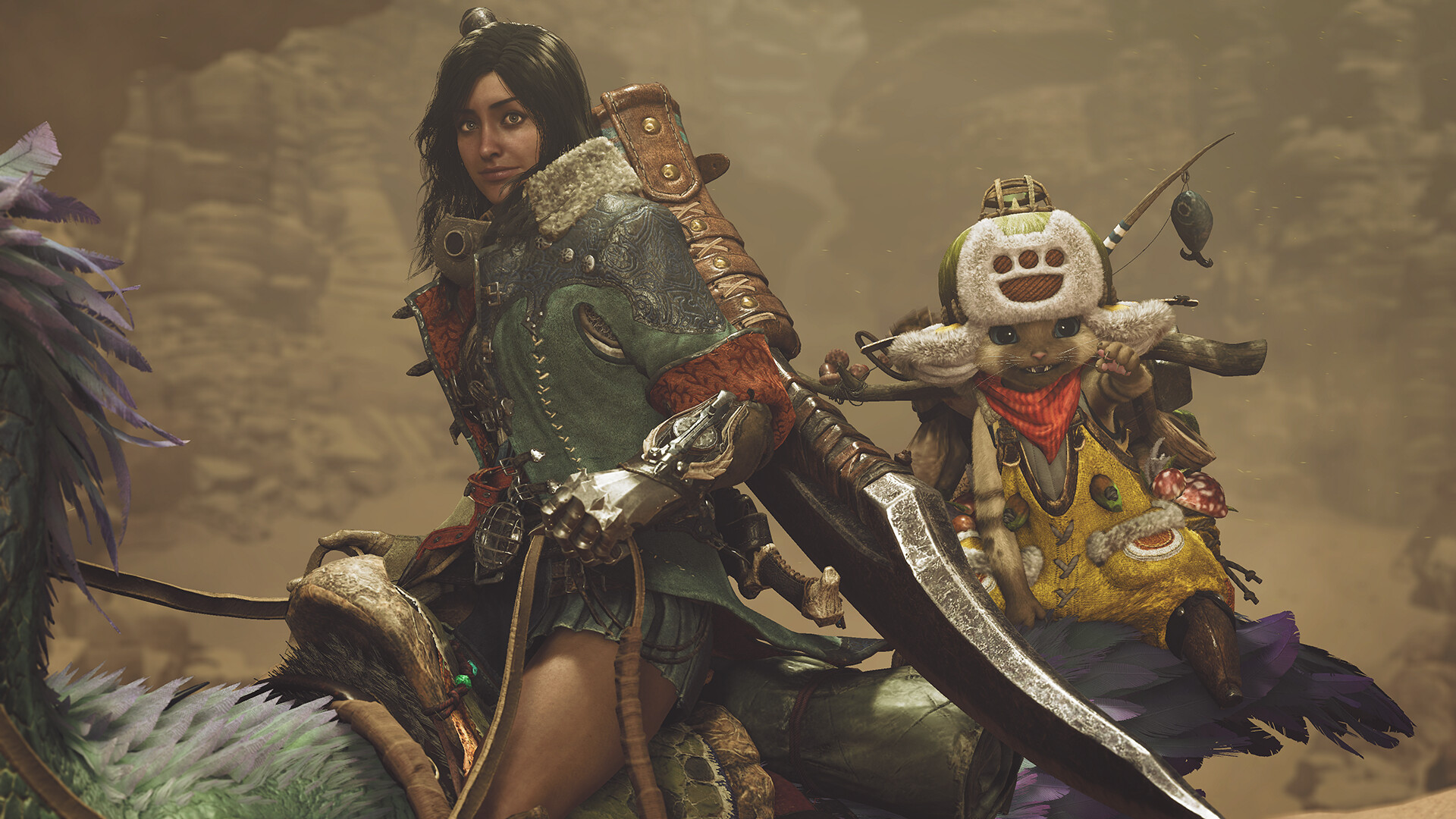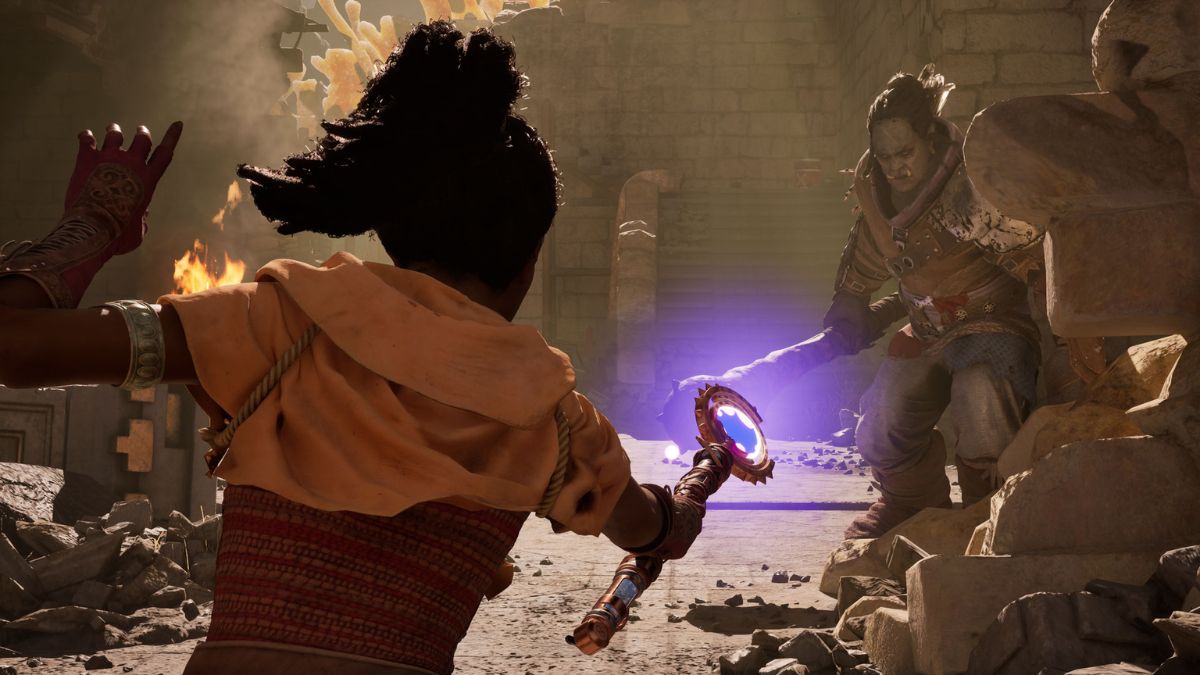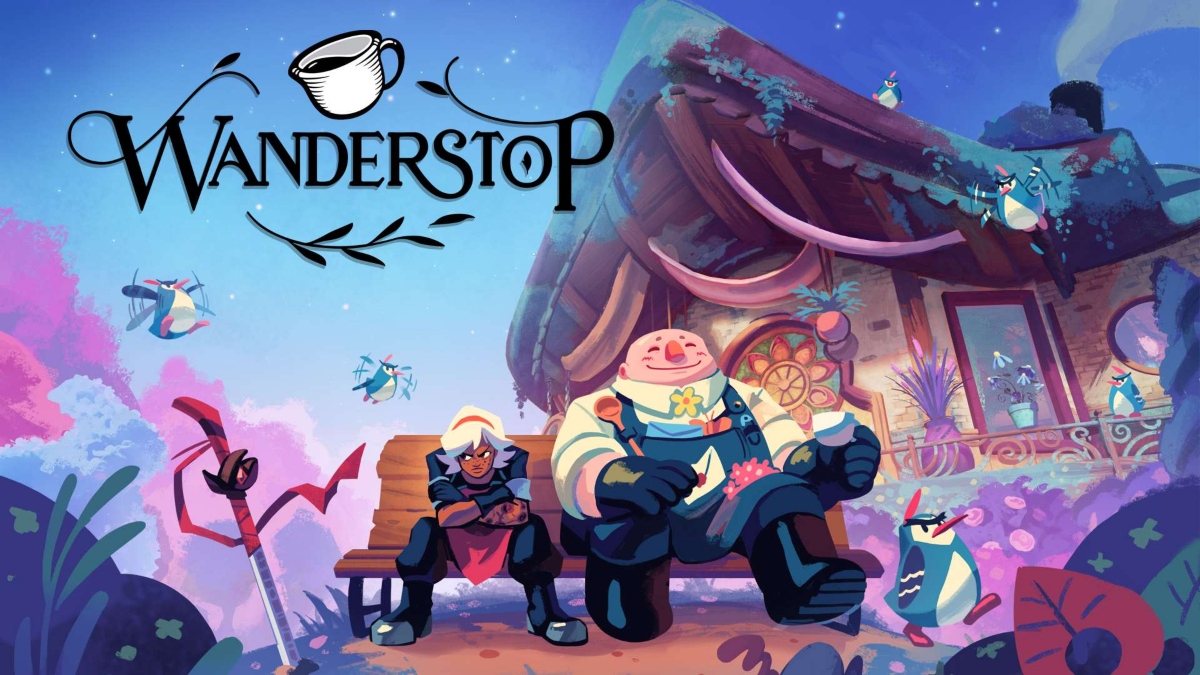Square Enix has remastered quite a lot of its classic JRPGs in recent years, from Chrono Cross: The Radical Dreamers Edition to the Final Fantasy Pixel Remaster Collection. This time around it’s Dragon Quest’s turn with Dragon Quest 3 HD-2D Remake. It looks to go above and beyond what they’ve done previously by adopting the style that Octopath Traveler popularized back in 2018.
I can say right off the bat that Square Enix succeeds in revitalizing the look of Dragon Quest III, a game originally released in 1988 and re-released several times since then, with the HD-2D style. I played through on the PlayStation 5 that runs flawlessly and looks stunning. This makes not only classic locations like Aliahan and Portoga greatly enhanced with lighting effects and depth-of-field, but it also gives the battles themselves an extra dimension that walks that line between the original style and a fresh modern aesthetic – much better than some of the atrocious 3D remasters Square Enix has done in the past.
Wrapping up this new look are absolutely beautiful orchestral renditions of the classic Dragon Quest 3 tunes, from the overworld theme to the cheery village music, that make this remake an absolute delight for longtime fans. I’m sure even newcomers will appreciate it, too.

It is also at its heart still an old-school JRPG with high random encounter rates that turn every dungeon into a battle of attrition. Your party of four is made up of your protagonist, locked into the Hero class, and nine other classes that have different growth rates for their stats based on an esoteric personality system. If you’ve never played Dragon Quest III and want to pick it up after enjoying Octopath Traveler 2 or Dragon Quest XI: Echoes of an Illusive Age, you’re in for a bit of whiplash as it features many mechanics pulled from 1988.
That also extends to the narrative. This time around, Square Enix included some half-decent in-engine cutscenes and some mediocre but often hilarious voice acting as the residents of this world have regional accents. The protagonist is the son of Ortega, a legendary Hero that went off to fight the Archfiend Baramos but disappeared. As you travel from village to town to castle solving problems galore, the charming and often hilarious residents there will speak of your legendary father. I won’t spoil it here, but about three quarters of the way through the game there’s a fun little twist that cemented Dragon Quest 3’s story as an iconic one – back in 1988, that is.
This narrative isn’t going to live up to something like Octopath Traveler 2, so don’t expect that coming into it. Your protagonist is silent and so is your party. As a massive fan of Dragon Quest 3 myself, I’m happy they didn’t change much other than giving the delivery a bit more oomph. Still, people without baked-in nostalgia like myself might find it a rather thin tale.

But what about the battles themselves? Because the random encounter rate is so high, you’re going to find yourself going up against iconic Dragon Quest monsters like Bunicorns and Seaslimes more often than you’d probably like. That said, they’ve never looked better, with slick new pixel renderings and animations that make them feel more alive than their fully 3D renderings in other titles. I greatly enjoyed seeing the late Akira Toriyama’s designs all over again, even if I was annoyed at how often random encounters triggered.
These battles lack modern JRPG conventions like super moves, teamup attacks, or something like the Press Turn system seen in Persona. They’re straightforward and based entirely around managing MP; I say that not as a detriment as the simplicity has its own charm to it.
The Dragon Quest 3 gameplay loop is also straightforward: monsters in a new dungeon or area of the overworld map will absolutely wreck you at first, so you have to grind or find new equipment to wreck ‘em back. Treasure chests and loot from the baddies themselves help with this, along with some new hidden locations to find on the overworld map that house treasure. Much like in 1988, this gameplay loop does not struggle to carry the 30ish hour adventure through to its conclusion, though those used to more modern mechanics might find it lacking.

This remake isn’t just a coat of paint, however. Square Enix added a whole new class, the Monster Wrangler, and a Monster Arena to pit your favorite critters against each other in. The Monster Wrangler borrows its attacks from Dragon Quest monsters themselves. Unfortunately, if you were expecting some kind of capture mechanic as seen in Dragon Quest Monsters: The Dark Prince, you’ll be sorely disappointed. Here, you simply search out monsters the same way you would Mini Medals or treasure to send them to the arena, and once you reach a certain threshold, a new ability for the Monster Wrangler unlocks.
While the class itself is a great – and powerful – addition for longtime fans that have played through this adventure a dozen times, the Monster Arena itself feels a little barebones. While you can speed up regular battles, the Monster Arena doesn’t currently have the option to do so, so it feels like quite a slog to sit through a handful of bouts as you do not have direct control over your team of critters. Despite some great rewards for participating, I didn’t feel motivated to do so as they felt like a slog.
All told, Dragon Quest 3 HD-2D Remake is one of the better remakes/remasters Square Enix has put out in recent years. It’ll satisfy longtime fans of both the game and series with its charming new HD-2D style and entice newcomers that enjoyed the aesthetic with the likes of Octopath Traveler. At the same time, this is a classic JRPG through-and-through that might quickly turn off those newcomers with how straightforward the narrative and turn-based battles are compared to its contemporaries.





![Suikoden I&II HD Remaster Gate Rune and Dunan Unification Wars is Nostalgia Done Right [Review]](https://www.escapistmagazine.com/wp-content/uploads/2025/03/Suikoden-III-HD-Remaster-Gate-Rune-and-Dunan-Unification-Wars-is-Nostalgia-Done-Right-Review.jpg?fit=1200%2C675)








Published: Nov 14, 2024 09:30 am